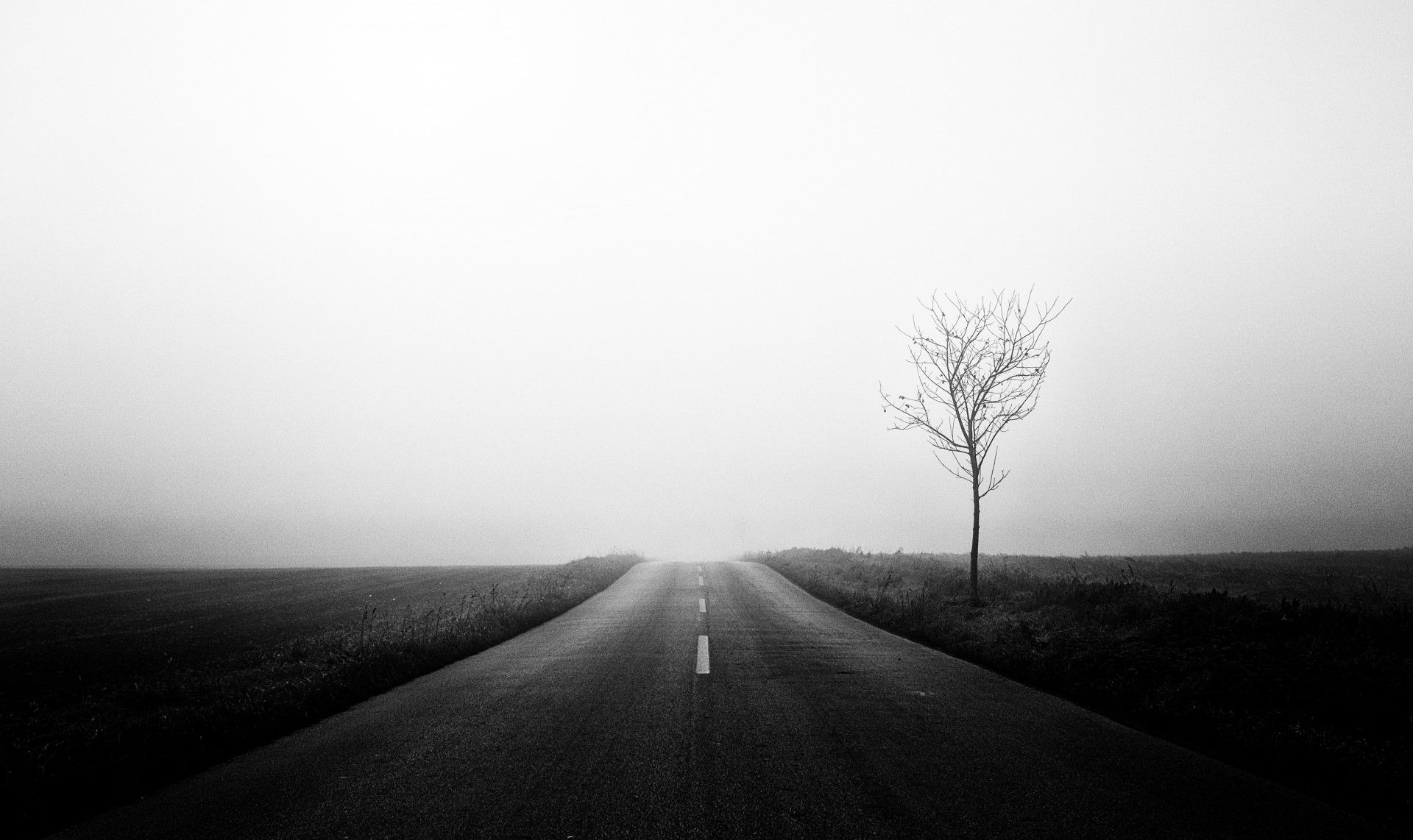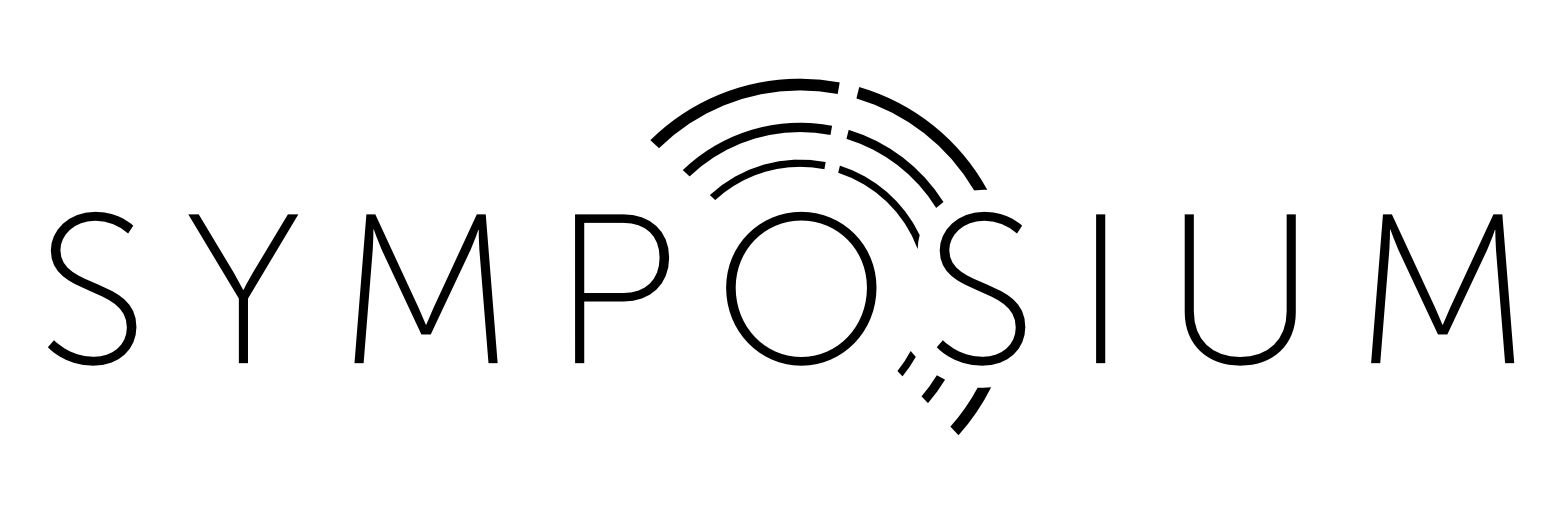
The Making of a Micro-Budget Road Movie, Part 1
This is the first installment of a ??-part series about directing my first feature. I'm reporting as I go along. I’ll be tracking the whole journey from writing the script to raising the funds to crewing up, casting, shooting, editing, and distributing the finished film.
2020 was going to be my year.
My new year's resolutions were as follows:
1. Make a feature.
2. Make a feature.
3. Make a feature.
On January 1, I started writing it. A micro-budget feature with lead roles for two close friends—actors I'd worked with for years when I was making theater in New York. One was still there, still doing it, and one was now in Perth, Australia, still doing it but also consumed with raising a toddler while her partner served four weeks on/four weeks off on an oil rigger. I planned to bring them to the West Coast of Canada in July, to the remote island where my dad lives.
I was embracing the constraints. Exploiting the resources at my disposal. I'd even written in the toddler.
I was confident I could scrape together the budget without resorting to crowd-funding. That was the plan. There were umpteen gorgeous exterior locations we could steal, and I was sure we could borrow a house or two. Houses enough for actors and our tiny crew to sleep comfortably. It would be like summer camp. Everyone was game to work for free. The biggest line-item in our budget was airfare.
And then—
Just as I was breaking story in the second act, 2020 fell apart.
For the first few weeks I was in grandiose denial. I doggedly kept writing, curling up in the bathtub to dictate dialogue into my phone while my partner conducted countless work Zooms in the living room. I obsessed about the fares for Perth to Vancouver. They seemed low. Should we pounce? I wrote a part for Gillian Anderson.
As the lockdown drew on, I was spending most of my time in the tub, but now I was filling it with water, sitting there until the water went cold, draining and refilling it, reading post-apocalyptic novels as my toes shriveled into prunes.
I felt lucky to have clean, running water as I read Station Eleven, A Song for a New Day, The Road.
Oh god, The Road. The Road is horrifying. And cinematic. Reader, in case you'd like an example of an effective line of description, here are three:
The barren, ridge-line trees, raw and black in the rain.
The long concrete sweeps of the interstate exchanges like the ruins of a vast funhouse against the distant murk.
The mummied dead everywhere.
There's one image in particular Cormac McCarthy paints so starkly, so vividly, that I still see it. I almost want to watch the movie. I’m dying to know if they incorporated said image, which I will not haunt you by describing here. Yeah, no, I don't want to watch the movie. I’m afraid it won’t live up to the horror of the book, and afraid it will.
I’ve always been drawn to the post-apocalyptic genre, and it was weirdly comforting to marinate in it. To explore the worst-case scenario.
But I was losing my motivation to write a movie that was no way gonna happen. Not in 2020. Australia was taking extreme measures. Even if my Aussie friend was willing to fly—with a toddler—they might not let her back into the country. And anyway, the Canadian border was closed to non-citizens. None of us could get across.
I had all this time on my hands to write. I had nothing but time. The dilemma I was facing was, how do you get motivated to write a movie when the prospects of making it are dimming away?
Why bother writing this thing I'd never get to direct?
It felt selfish and tone deaf to be scratching out a screenplay of all things while the world was falling apart.
So, I joined Black Lives Matter protests. I got way into jigsaw puzzles. I went for masked hikes in Elysian Park, ducking under the yellow caution tape the city of Los Angeles had strung up in a half-hearted attempt to keep people off the trails.
Every day, I watched an adorable trio of adolescent red-shouldered hawks squabble in the tree above our house.
I realized my priorities hadn’t changed. Not really. If the world was coming to an end, the one thing I wanted to do was direct a feature.
By July, I thought to myself, Okay, we're not shooting in B.C. I can't have my far-flung friends. Who can I work with? Where can we shoot?
I started paying close attention to the industry's ever-changing COVID-safety protocols.
I texted a friend from film school, Andrew Koyama, a director/producer/editor turned actor—I think we should make a movie. I called him on his cell while he was en route to Montana to hole up with family, windows rolled down in 98-degree heat, the A/C busted in his aging Chevy Volt. I'd write a part for him, I shouted, and he shouted back that he was happy to let me direct, too. We agreed we’d shoot in Montana, or on the way to Montana. It would be a road movie.
I was inspired by The Road, I realize as I track back. Of course I was. And I was inspired by the thought of Andy hightailing it North in the Volt, hot wind blasting his face as he left L.A. behind.
Now I had to write the script.
[Part II]
*Feature photo by Michael Spisak / CC0 Public Domain


